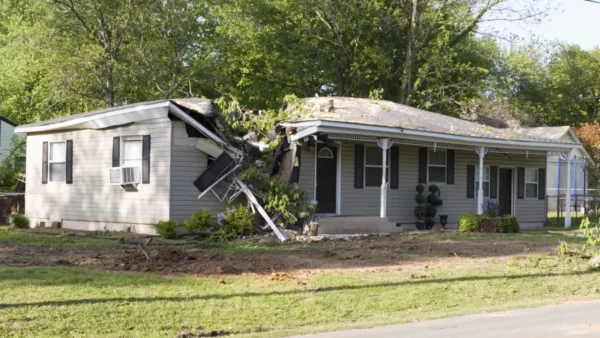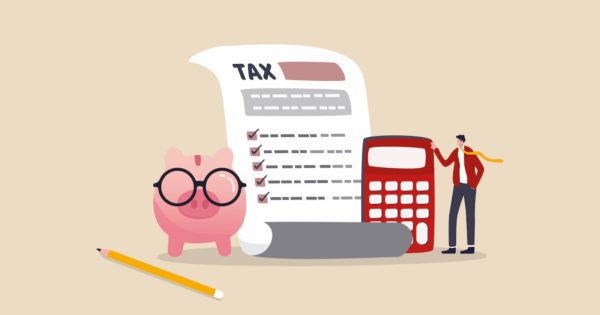Get Started on Your Household Emergency Fund
You know that you should have made yourself a household emergency fund years ago, but you just haven’t gotten around to it.
You know this isn’t a good idea. You’re financially vulnerable without this important safety net. If an emergency expense fell into your lap, you probably wouldn’t have enough savings on hand to pay for it all at once. You would have to find a different payment solution, like an online loan, to help you. Online loans are convenient solutions in emergencies — if you have internet you can apply in the comfort of your own home. You don’t have to book an appointment at a bank branch. If you meet all of the eligibility requirements, your loan application just might get approved, giving you the temporary funds to resolve your expense in a short amount of time.
You don’t have to leave yourself vulnerable to this situation. By building an emergency fund, you can make sure that you always have enough savings to cover these small, surprise expenses that drop into your lap. You won’t need to turn to borrowing solutions.
So, how can you get started on your household emergency fund?
Assess Your Household Budget
The first thing that you need to do is take a good look at your household budget to see how much you can reasonably afford to set aside for emergencies on a monthly basis. If there doesn’t seem to be any room for this new expense category in your budget, consider shrinking some other categories in order to make room for it. See which non-essential expenses you can reduce or eliminate altogether so that you can use the savings for your emergency fund.
For instance, look at your budgeting category for entertainment. Entertainment is not an essential expense category (in comparison to categories like housing and food), and it can be easily whittled down for the sake of savings. These are some simple ways to shrink your entertainment spending:
- Cancel online streaming services that you don’t use anymore.
- Change your premium streaming subscription to a lower service tier.
- Use a library card to borrow books, eBooks and audiobooks instead of purchasing them brand-new.
- Skip going to the movie theater to watch new releases.
- Don’t buy expensive concert tickets or event passes.
Once you think you have enough room in your budget for emergency savings, establish “emergency savings” as your newest category. This should be a part of your budget every month from now on.
What If You Don’t Follow a Budget?
Of course, if you don’t have a household budget, you should take this as a sign to get started on one as soon as possible. A budget is a crucial financial tool that can help you divvy up your household income and organize your expense categories on a month-by-month basis. Without it, you could accidentally spend beyond your means (for example, putting your checking account into overdraft and collecting overdraft fees). And without it, you might struggle to commit to important savings goals, like building an emergency fund.
To get started on your household budget, you should download one of the most popular budgeting apps available onto your smartphone or computer. Follow the app’s instructions and put your budget together.
Open a Savings Account
You’ll need a secure place to store your emergency fund. The ideal storage space for it is in a high-yield savings account. A high-yield savings account is an interest-bearing savings account that has a higher annual percentage yield (APY) than a standard savings account. So, not only will your emergency fund grow with your contributions over time, but it will also grow with interest over the course of the year.
Commit to Payments
Once you have your savings account, it’s time to move those budgeted savings into it. Transfer the funds from your checking account into the reserved savings account. Then, commit to making this transfer every month to build up your balance.
If you’re worried that you will forget to make these transfers, you can automate your savings transfers between your checking account and savings account through your mobile banking app/online bank account. Schedule the transfers so that they trigger once a month at the same time. That way, your emergency fund is guaranteed to grow.
The steps for starting a household emergency fund are so simple! Anyone can follow them — including you. So, start now!








